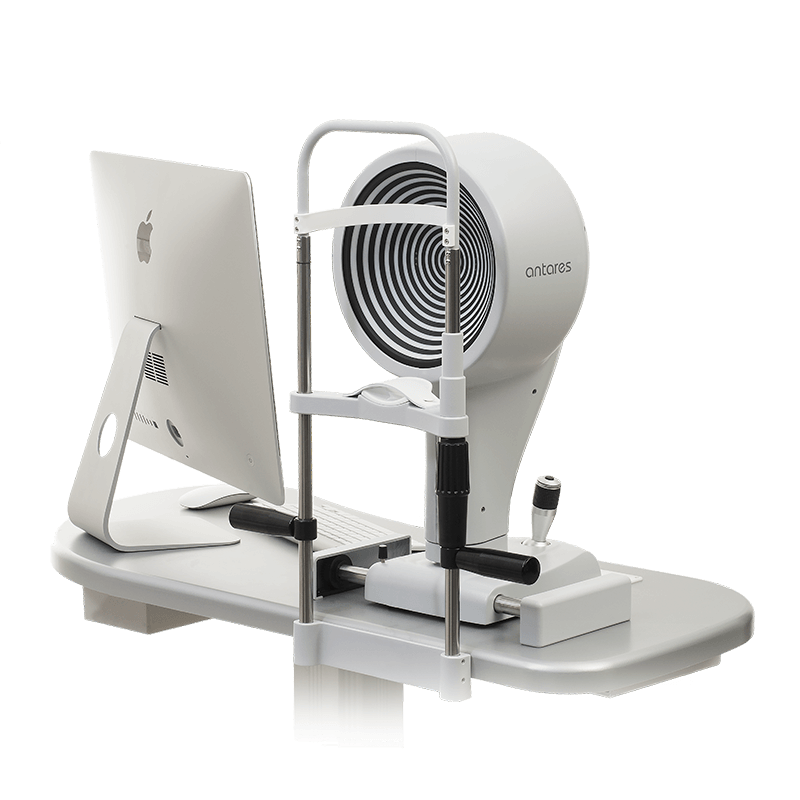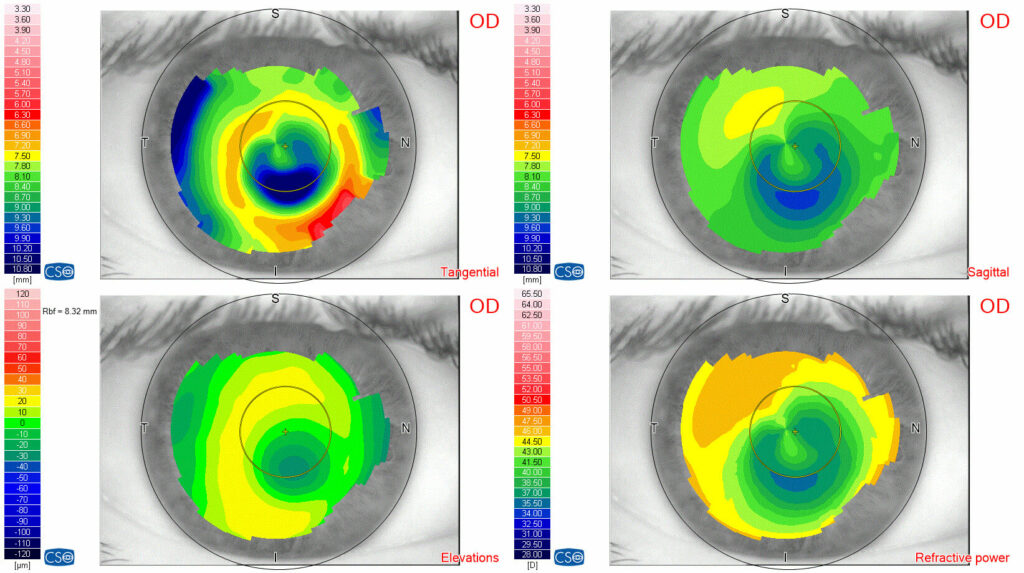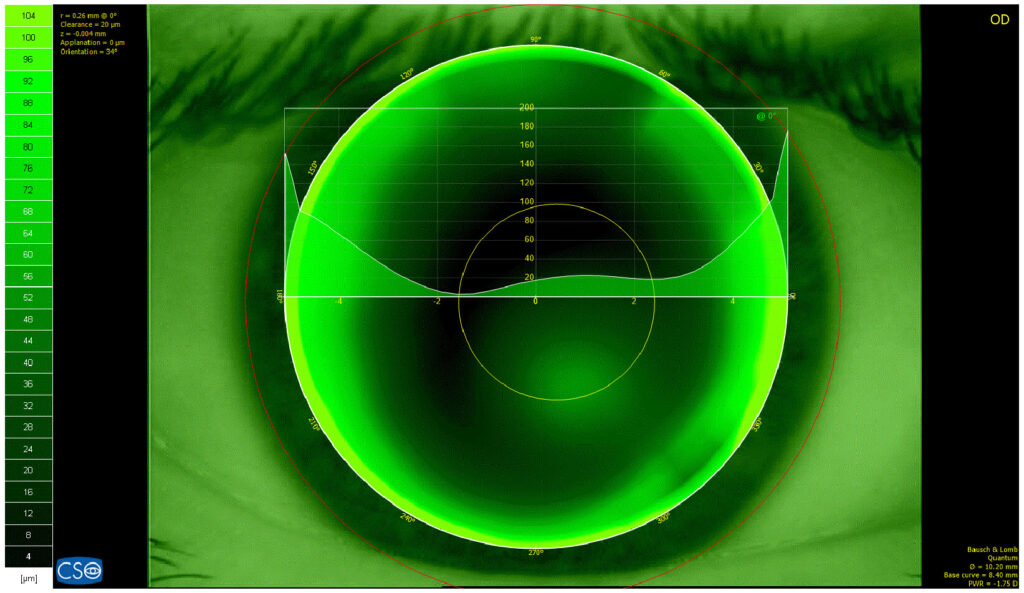Many people who need refractive correction choose to wear contact lenses in addition to or instead of eyeglasses. While some refractive errors cannot be adequately addressed with contacts and some people are unable to tolerate them, the majority of contact lens wearers are very satisfied with the fit and function of their lenses.
The most common types of contacts are either soft or rigid gas permeable (RGP). Soft contact lenses are categorized by how long they may be worn, how often they should be replaced, and the type of refractive error they are designed to correct. Dr. Shin recommends removing contact lenses every day and advises against wearing them while sleeping due to the risk of damage to the cornea. Most contact lenses prescribed today are disposable lenses that are changed every day, every two weeks, or every month.
Spherical lenses correct myopia and hyperopia. Toric lenses are designed to correct astigmatism, in addition to myopia and hyperopia. Presbyopic patients can wear multifocal lenses, or thanks to recent advances, toric multifocal lenses. In November 2019, the FDA approved the first contact lens indicated to slow the progression of myopia. One portion of the CooperVision daily disposable soft MiSight® contact lens corrects the nearsightedness while concentric peripheral rings in the lens focus part of the light in front of the retina, which signals the eye to slow or stop the myopic eye lengthening process. Children eligible to wear this lens are between the ages of 8-12 years, have a refraction of -.75 to -4.00 diopters of nearsightedness and have <0.75 diopters of astigmatism. This lens was scheduled to be available in March 2020.
A contact lens fitting is required to discern the best lens option and to determine that the chosen lens sits comfortably on the eye. Contact lenses that are not fit properly can cause serious, and in some cases, irreversible damage to the eye(s).
We offer a wide range of soft contact lens options to our patients but refer to a qualified optometrist if a more complex fitting, for example on a previous refractive surgery patient with an abnormally-shaped cornea, is required.
Dr. Shin also uses contact lenses in her practice to help patients medically. For example, bandage contact lenses alleviate discomfort caused by certain corneal conditions or can be placed over a corneal amniotic membrane while the cornea heals. Likewise, high-power contact lenses can help combat amblyopia for children with a significant prescription difference between the eyes or can eliminate intolerable aniseikonia, i.e. size difference between the images seen with each eye.
ANTARES

Dr. Shin has the Lumenis Antares to analyze the tear film and its compatibility with contact lens wear. The Antares keratometer and Contact Lens Auto-Fit feature help ensure optimal accuracy in contact lens selection. In real time, the fit of contact lenses, with varying curves and diameters, can be calibrated to the patient.










